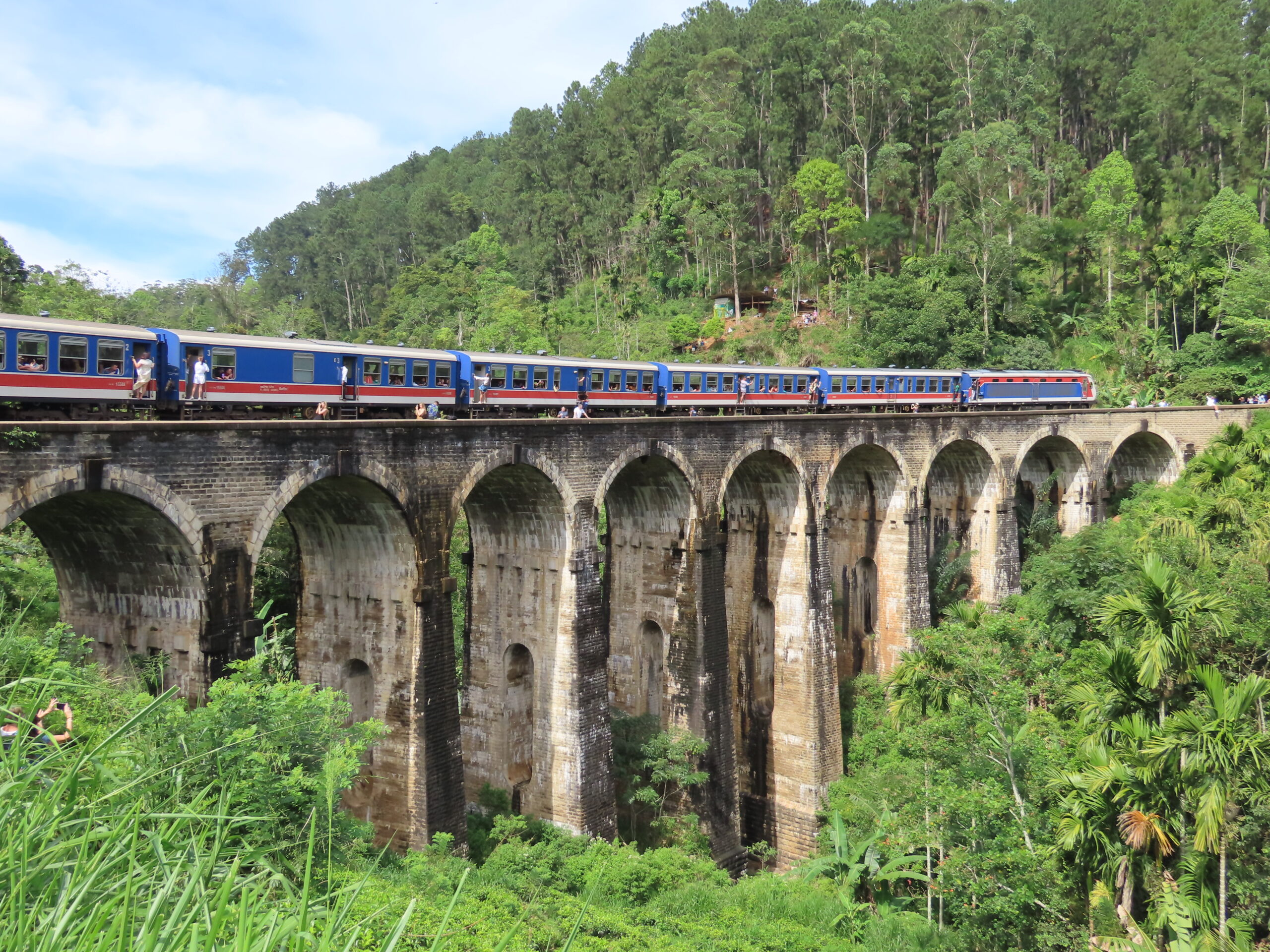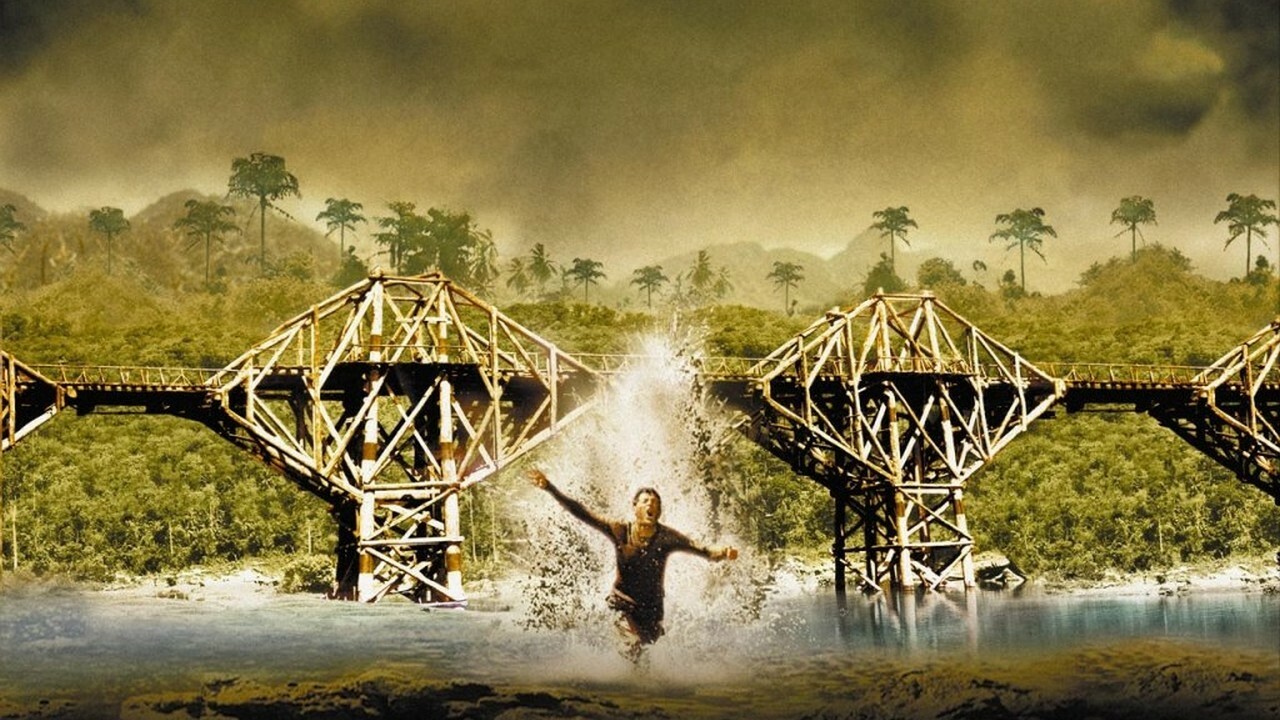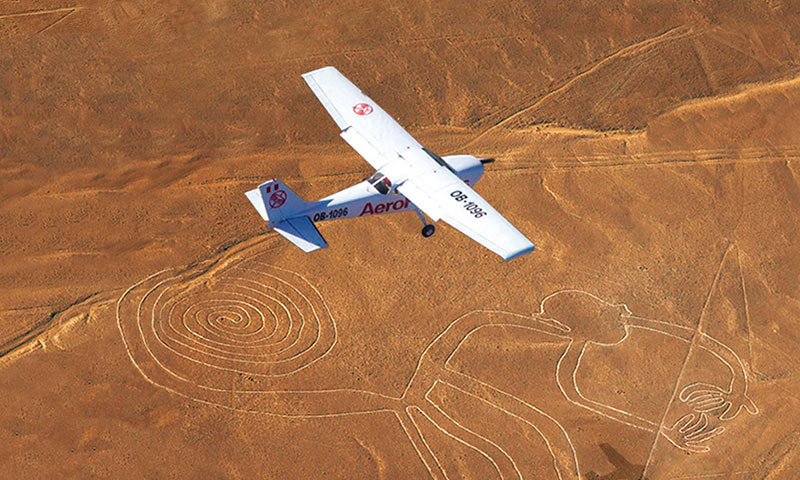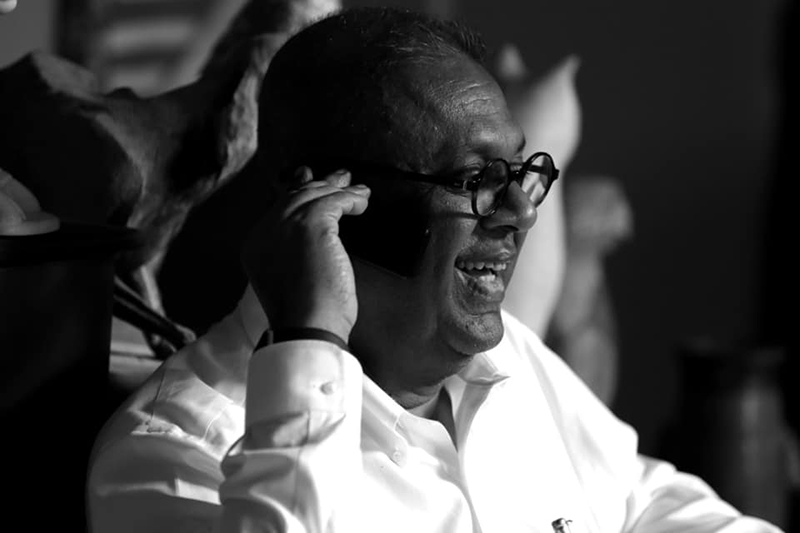SINHARAJA: A TRAIL UNFORGETTABLE- Part 01
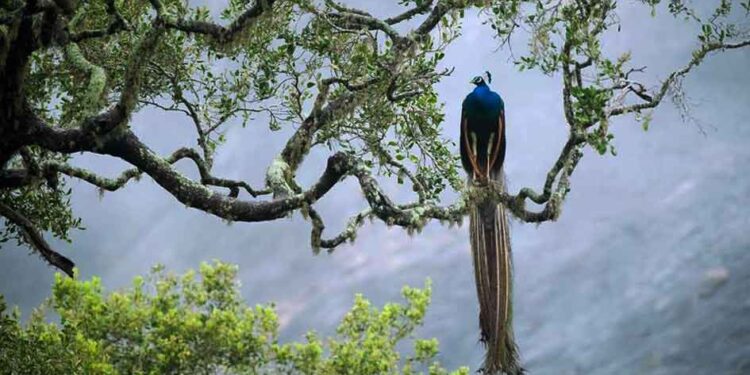
Controversies surrounding Lankagama
Lankagama is a poor hamlet adjoining the world-renowned Sinharaja Rain Forest being situated in its periphery. Sinharaja Rain Forest is a biodiversity hotspot. Similarly, Lankagama is a hotbed of controversies that surface intermittently. In 2013, it beckoned the attention of the world like never before. Then the government was hell-bent on widening the road stretch of 21 Km leading to Lankagama from the closest township: Neluwa. Prior to 2013, a mere gravel road existed alongside the Sinharaja reserve to reach Lankagama. However, it was not traversable by vehicles other than tractors. Heeding to a strong plea of the people of Lankagama, the government decided to lay a macadam on the gravel road thereby widening the road as well to make it a vehicle-passable road. This move was resisted by many interested parties including UNESCO which had a right to oppose any development in the periphery of the reserve because Sinharaja has been a UNESCO Heritage Site since 1988. But, it was an item on the political agenda of the government’s manifesto before the general elections so the government was determined to proceed ahead with the proposed road development project in spite of mounting pressure. Then, the President was Mahinda Rajapakse who was severely accused of allowing a carpeted access road to facilitate a hotel being built by one of the fathers-in-law of one of his three prodigal sons. Amidst widespread protests, criticism, and even at the risk of losing the UNESCO Heritage site status, the government adamantly constructed a road leading to Lankagama. The general public only heard this trail of controversies in electronic and print media. So, a Namo magazine team comprising Dr. Ananda Dharmarathna, a leading scholar of Sri Lanka Foundation Institute fame, Charith Kumarasiri, a nature lover and writer ventured out to uncover the truth behind these so-called controversies surrounding Lankagama and Sinharaja Reserve.
Journey back in time
We made a hotel reservation at Sinharaja Eco Lodge on Lankagama road. We decided to use public transport instead of a private vehicle to see the conditions for ourselves from the villagers’ point of view. We set off at 7.30 am on 7th January. The hotel staff urged us to board an intercity bus starting from Pettah, Colombo at 10.15 am and come to Neluwa. From Neluwa, we were supposed to take a bus to Lankagama to ply on the 21 Km stretch. The first misery befell us before the commencement of our trip because we were informed by the Transport Board authorities that the 10.15 bus would not run on that day due to a breakdown. So, we had no alternative but to choose the next option. We got into a Matugama Intercity bus playing on the southern expressway. Upon reaching Matugama in less than 2 hours, we looked for a bus to proceed to Neluwa. To our dismay, there were no buses directly shuttling between Matugama and Neluwa at that time. We were advised to board a Pelawatte bound bus and from there to take another bus to Neluwa. From Matugama to Pelawatte, there is a distance of 30 odd Km and similarly, from Pelawatte to Neluwa, we had to cover another 30 Km. Fortunately, there were buses available with no such delays. We finally reached Neluwa at around 12.30 noon. When we checked out for a Lankagama-bound bus, we were informed that there was only one bus commuting on this road so we were to wait till the bus returned from the mid-noon journey. It was a long wait and we were feeling acutely hungry. We just settled for a quick snack at a nearby bakery. Eventually, the bus arrived and the time was 2.15 pm and it was to take the route at 2.30 pm. We were fortunate to secure seats although there was a mediocre crowd. It was a large Tata bus and it took precarious bends on the way. On the left side, we could see the emergence of Sinharaja Reserve and its rich vegetation but there are two lines of houses on either side.
Unusual Journey
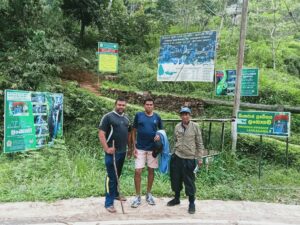
The bus came to an abrupt end as the road narrowed down to a bottleneck. We were under the impression that we reached our destination but it was not to be. All the passengers alighted from the large bus and started boarding into a smaller coach so we followed suit. Then, the driver and the conductor switched the buses. This was a novel experience for us. The coach now negotiated some dangerous-looking passes along the way. The coach proceeded about 4 Km until we reached our destination near a bridge 5 Km before Lankagama. Above the bridge on the left side, the beautiful Brakmana WaterFalls cascaded down majestically. We stopped on the bridge admiring the breathtaking beauty of the falls. After spending some time there, we checked out at our accommodation: Sinharaja Eco Lodge. By this time, we were starved and thus treated to a sumptuous lunch by the hotel staff. This resort is nestled on a hilltop overlooking the Gin River. The stream that breaks from the Brakmana Falls flows serenely to the river in close proximity to the resort. We could see people sailing across the Gin river to the other side as there is habitation over there as well. Life seemed to be hard but still looked content with their life. Near the river, we saw two young girls carrying piles of wooden planks on their heads and shoulders. This was an unusual sight for us. In the urban life that we are leading, we would never see young girls doing heavy work of this nature. After a tiresome day, we had supper at the restaurant after a slight treatment of Toddy. We had a lot of plans for the following day. The first thing on the agenda was to go on an incursion to the reserve and see six waterfalls situated within an expanse of 2 Sq Km. After that, we intended to take a stroll to the village and talk to some elders to delve into folk stories surrounding the Sinharaja Forest and the village. We also contemplated talking to villagers about their present-day life.
In part 2 of this article, the geography and the history of Sinharaja Forest and Lankagama village would be traced in blend with modern-day life people and their hardships, deprivations, destructions, vandalism, politics, traditions, and livelihood. The description of waterfalls will also be narrated in such a manner as to depict a true picture of the area which is considered to be the nation’s lungs.
